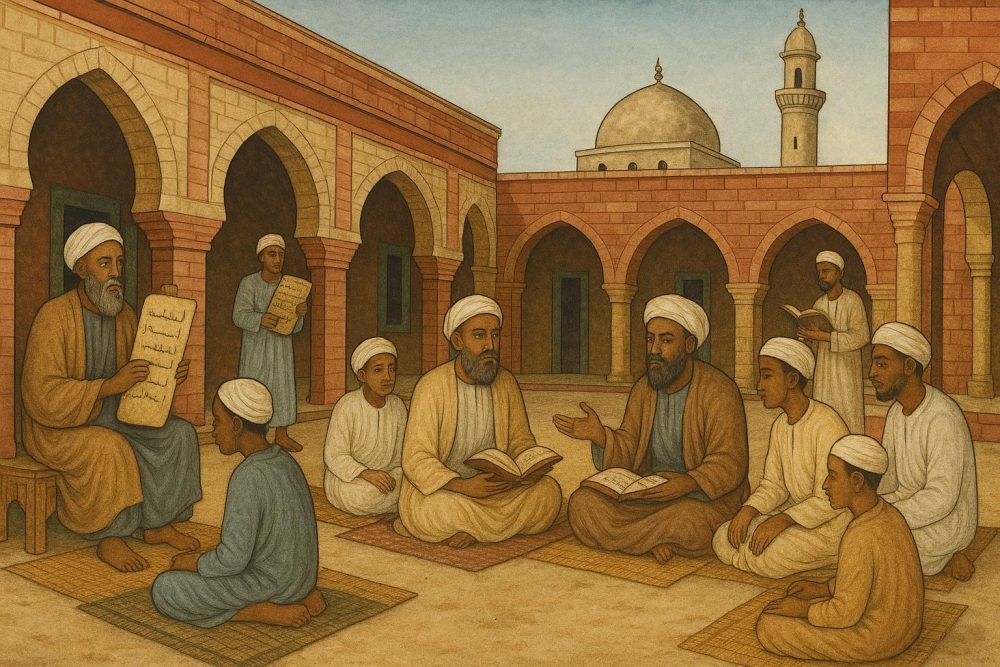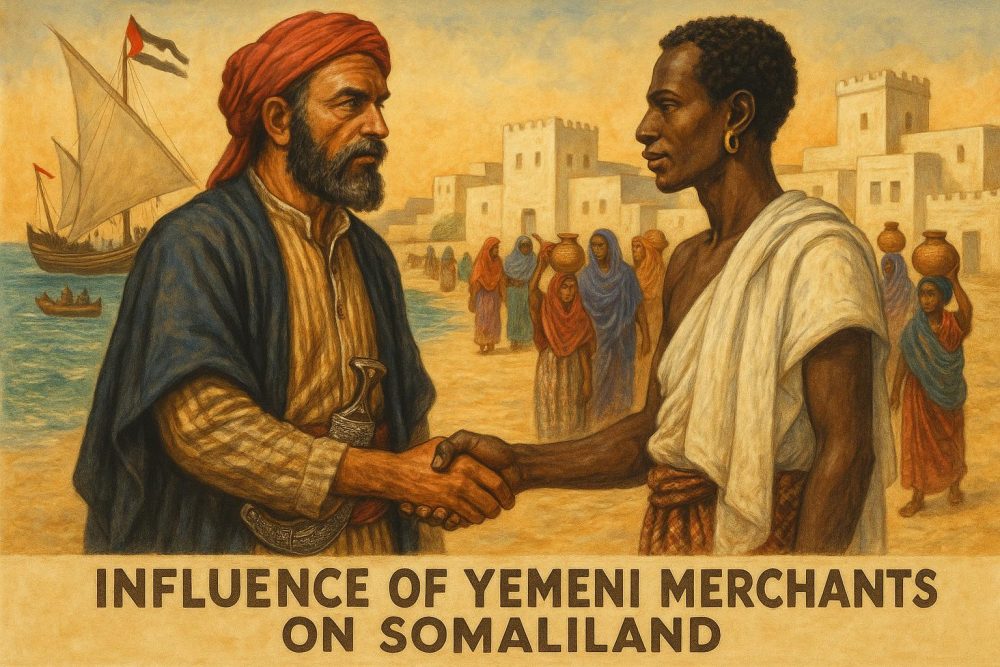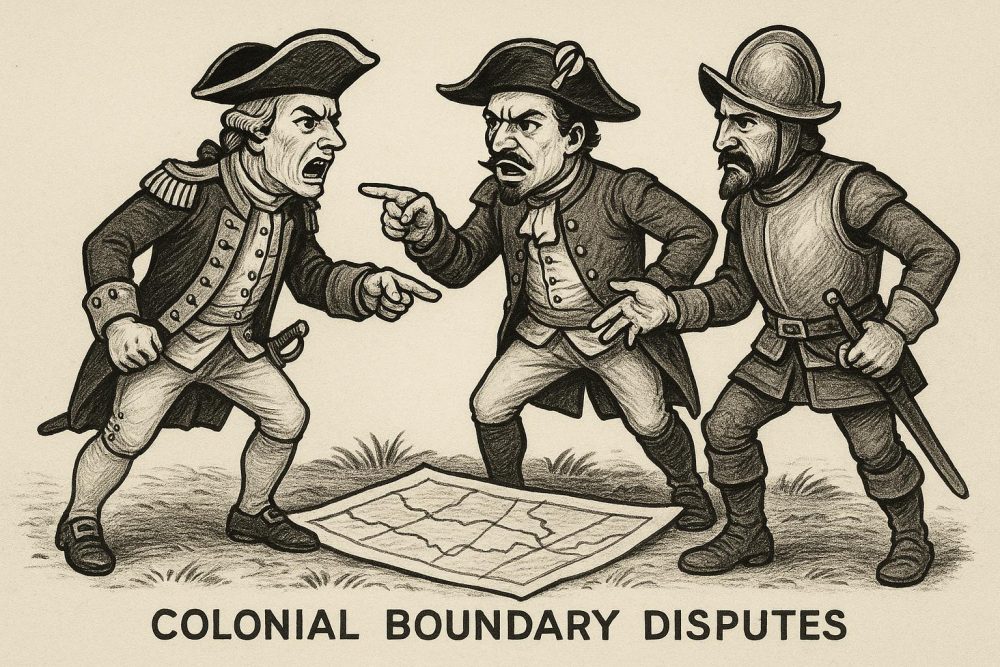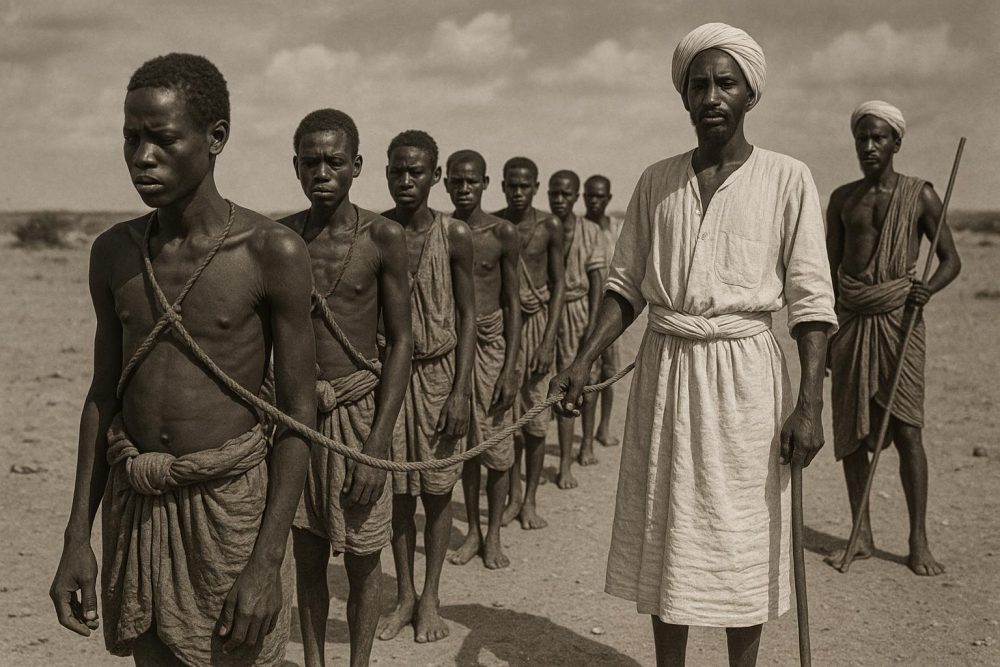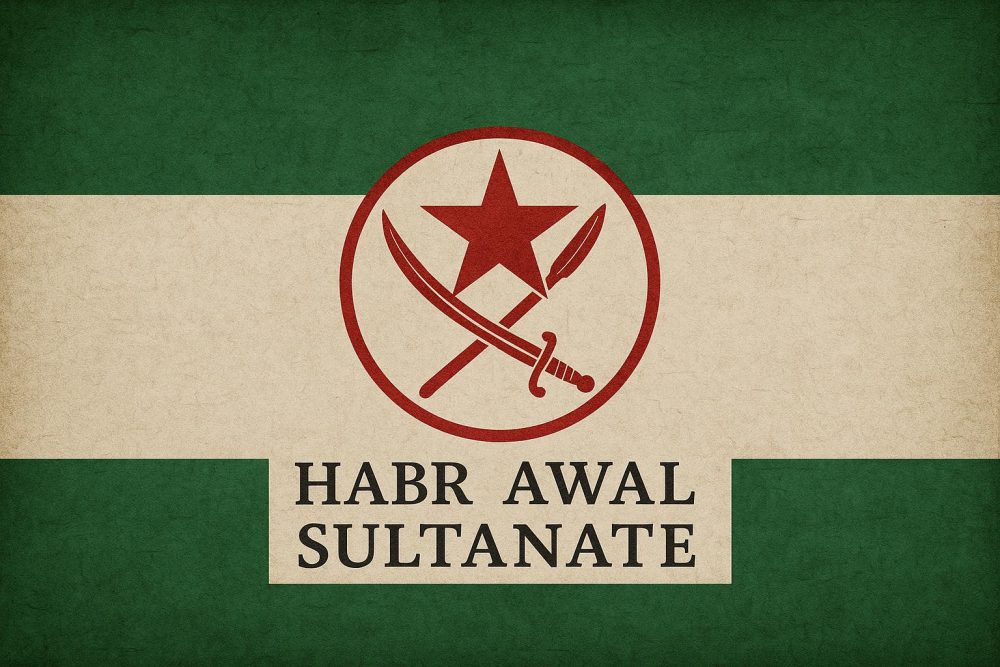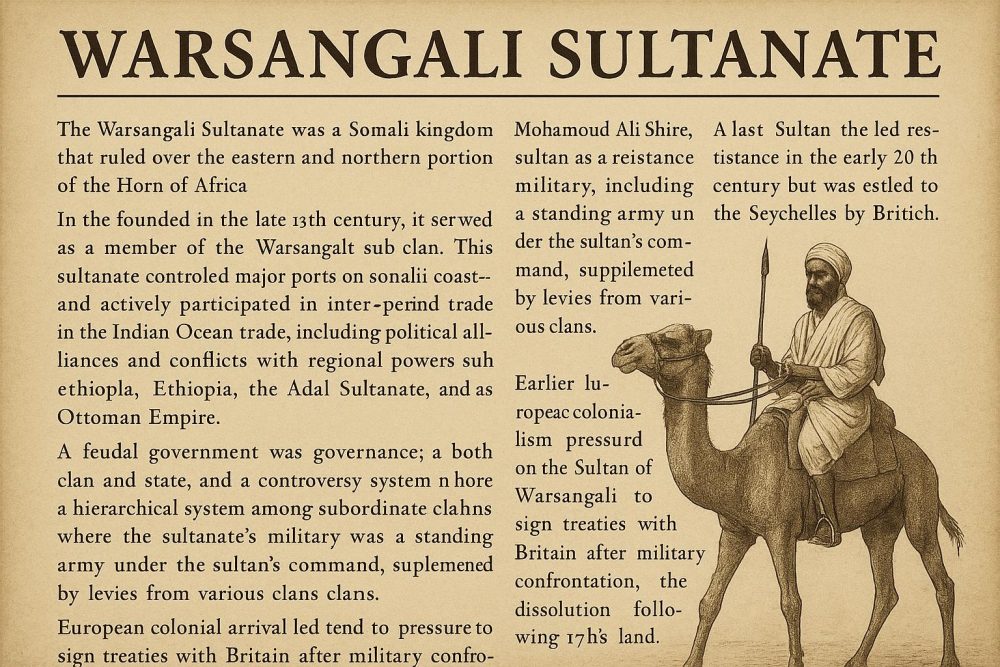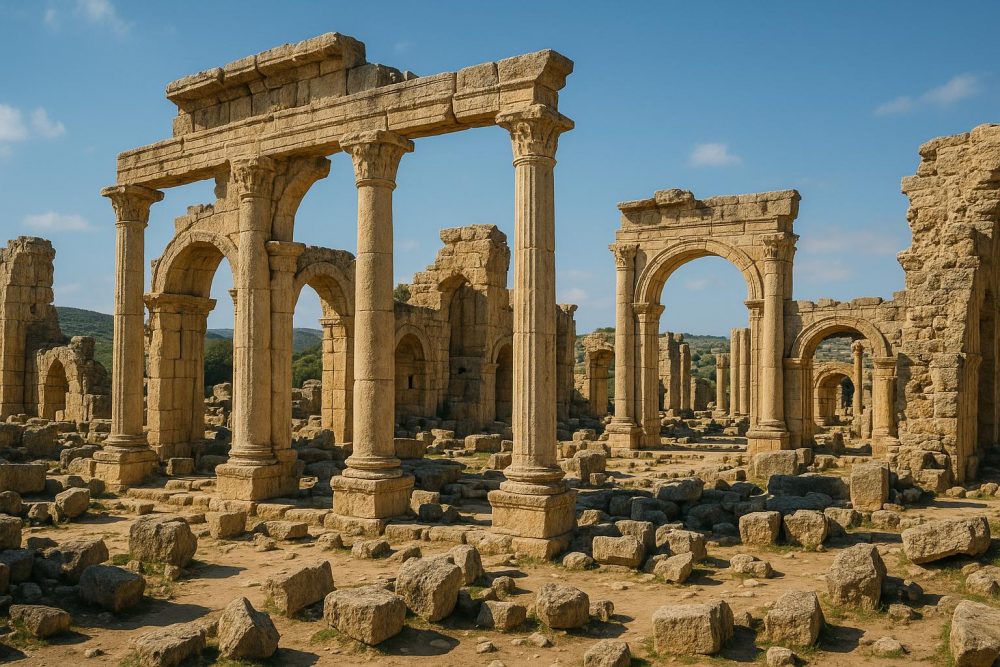
Introduction to Somaliland’s Role in Pan-African Movements
Somaliland, despite lacking official recognition from the international community, has contributed meaningfully to Pan-African movements. It has engaged in discussions about African unity, independence, and development. This self-declared republic announced its independence from Somalia in 1991, aligning its goals with the ambitions of Pan-Africanism by advocating for sovereignty and self-determination. This article delves into the historical, political, economic, cultural, and social dimensions of Somaliland’s involvement in Pan-African aspirations.
Historical Context
The roots of Somaliland’s participation in Pan-Africanism are deeply embedded in its colonial past. Originally established as a British protectorate, Somaliland achieved independence on June 26, 1960. This historic milestone coincided with the broader African decolonization wave, during which numerous countries sought autonomy from colonial rule. The brief period when Somaliland was an independent state before it decided to unite with Somalia is indicative of its initial aspiration towards self-governance. This decision to merge was a reflection of a shared vision that many African nations entertained during the decolonization era. By seeking greater autonomy, Somaliland’s story resonates with the core themes of the Pan-African narrative, which emphasizes self-reliance and governance by Africans for Africans.
Political Implications
The pursuit of international recognition by Somaliland is deeply intertwined with the Pan-African ideals of national sovereignty and the right to self-determination. This endeavor sheds light on the complexities of the region, particularly within the Horn of Africa. The effort highlights the ongoing debates within Pan-Africanism regarding colonial boundaries and their lingering impacts post-independence. Since its declaration of independence from Somalia in 1991, Somaliland has demonstrated a stark contrast to its neighbors by maintaining peace, stability, and democratic governance. This is particularly notable against the backdrop of political instability in the wider Horn of Africa. Somaliland’s political strides are therefore significant, as they echo the broader Pan-African critique of colonial legacies and the call for re-imagining political configurations based on contemporary realities rather than historical impositions.
Economic Contributions
In terms of economics, Somaliland has made substantial contributions through its strategic port in Berbera. This facility plays a crucial role in regional trade and integration, echoing the Pan-African objective of fostering economic collaboration among African states. By improving trade links within the continent, Somaliland contributes to initiatives aimed at reducing reliance on external powers and building stronger inter-African economic ties. The development of trade infrastructure, efforts to enhance cross-border commerce, and initiatives to attract investment are aligned with broader Pan-African economic strategies. These strategies promote continental self-reliance and economic independence. Thus, Somaliland’s economic engagements underscore the practical aspects of Pan-Africanism in action, particularly through trade and commerce.
Cultural and Social Influence
Culturally, Somaliland actively promotes African heritage, addresses issues faced by the diaspora, and invests in enhancing educational and social systems. These activities align closely with the efforts of Pan-Africanism to preserve African cultures and foster unity through shared history and values. By hosting cultural exchanges, supporting African arts, and promoting educational initiatives, Somaliland has taken steps toward creating a cohesive socio-cultural identity. These efforts are not only essential in preserving indigenous knowledge and practices but also in promoting understanding and solidarity among African peoples. Furthermore, Somaliland’s involvement in addressing diaspora issues connects with wider Pan-African endeavors to engage Africans worldwide, facilitating networks that reinforce the cultural and social bonds across continents.
Challenges and Prospects
Despite notable contributions, Somaliland faces substantial challenges, largely due to its lack of international recognition. This absence of acknowledgment poses significant obstacles to its full participation in formal Pan-African structures such as the African Union. Nevertheless, Somaliland remains proactive by engaging informally with various African nations and entities in its advocacy for recognition. Through these informal channels, it continues to contribute to discussions about redefining Africa’s political landscapes. By engaging in these dialogues, Somaliland illustrates the ongoing challenges and opportunities inherent in the quest for recognition within the international system. The path ahead is riddled with both difficulties and possibilities, yet Somaliland seems committed to navigating these complexities.
Conclusion
In conclusion, Somaliland occupies a unique position within Pan-African movements. By upholding ideals of self-determination and promoting economic cooperation, it exemplifies key aspirations of Pan-Africanism. While it continues to tackle the intricacies posed by its unrecognized status, Somaliland’s unwavering commitment to these principles highlights its critical yet informal contribution to Pan-Africanism. Its journey serves as a compelling narrative about the power of self-determination, the pursuit of international recognition, and the importance of contributing to the continent’s collective goals. This multifaceted engagement paints a picture of a region deeply intertwined with the dreams and ambitions echoed in Pan-African conversations today.
